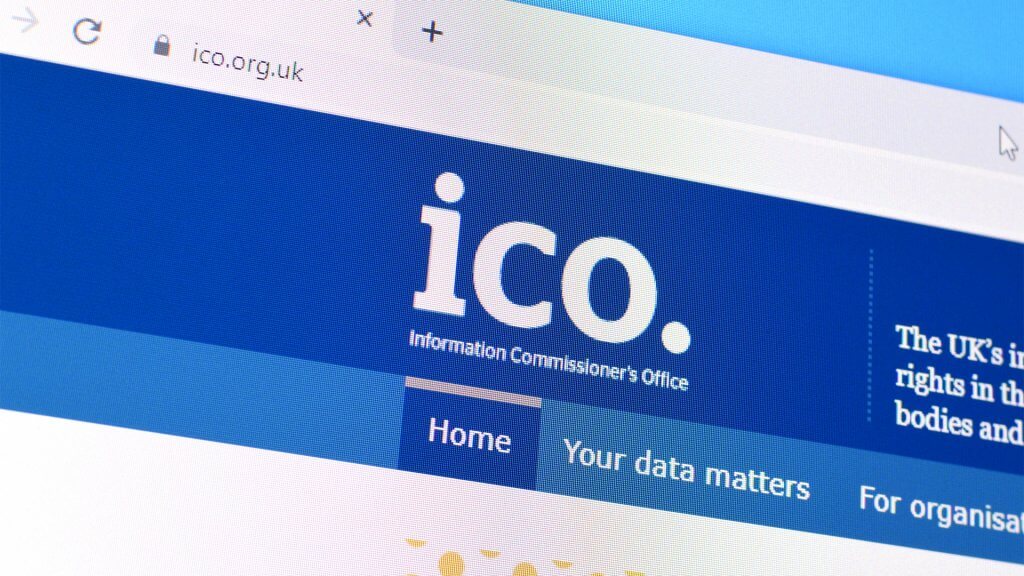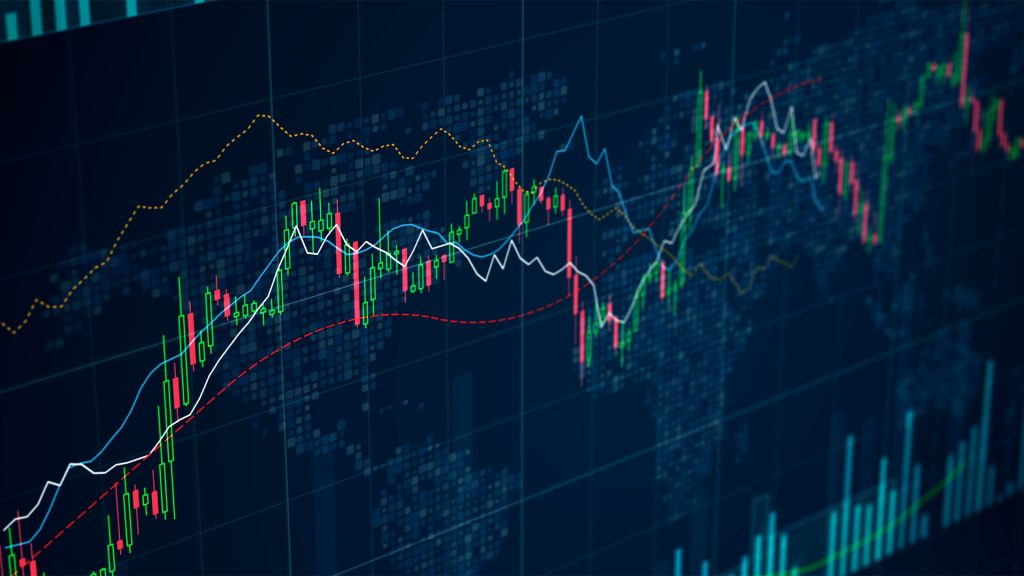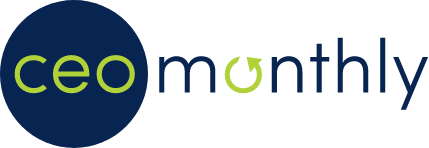
Tariffs have always impacted business strategies. However, as new trade barriers intensify, companies must reexamine their operations and supply chains. This transition is driving executives to make tough calls, such as divesting certain assets and business units. Before making any official decisions, business leaders must ensure their divestiture moves are strategic and align with company goals.
The Impact of Tariffs on Operational Structures
Tariffs are changing how companies operate structurally. Once a background consideration in supply chain planning, they are now a central force in determining how and where companies do business.
Today’s tariff landscape is broader in scope and more aggressive in scale. U.S. tariff rates have surged to more than 20% as of April 2025. An increase this large disrupts margins and pressures companies to reevaluate everything from sourcing and manufacturing to labor and logistics.
This results in a growing wave of operational restructuring. For example, Procter & Gamble is undergoing a sweeping overhaul of its global operations. The company plans to eliminate approximately 7,000 jobs, let go of non-core brands and absorb $1.6 billion in restructuring. Moves like this show how tariff-driven costs and market shifts are pushing even the most established enterprises to rethink their foundational structures.
Strategic Shifts Triggered by Tariff Pressures
With tariffs changing the financial aspect of cross-border trade, companies are reconsidering their core operational structures. For many, the pressures involve more than absorbing higher costs — it’s about protecting market share, maintaining agility and reallocating resources. These circumstances are prompting a new wave of strategic changes.
One way businesses are responding is by relocating manufacturing. Companies are increasingly moving production from heavily tariffed regions to markets with better trade agreements or lower cost burdens. This includes reshoring to domestic facilities or nearshoring to neighboring countries. While costly, these moves keep businesses running in the ongoing tariff volatility.
Another move businesses are making is divestitures. Business units that are geographically misaligned or no longer central to the company’s long-term vision are significantly impacted by these shifts. With other higher tariffs taking effect after the 90-day suspension, overseas trading has exposed which parts of the organization are at higher risk and may be better off under different ownership.
Executing Strategy and Divestiture Decisions
Once a company decides structural change is necessary, the next step is execution, where precision matters most. To succeed, business leaders must use data-driven strategies.
1. Assess Timing to Maximize Shareholder Value
The timing of a restructuring can affect the return generated for companies and their investors. Strategic exits executed during periods of heightened market volatility or policy uncertainty can carry heavy financial consequences.
For example, following President Trump’s April 2 tariff announcement, U.S. stocks dropped 3% to 4% in after-hours trading. Executives must consider market conditions to learn the best times for divestiture. Holding off in such cases maintains market confidence and shareholder value.
2. Prioritize Financial and Operational Assessments
Enterprises should investigate a business unit’s financial health and operational performance. This includes analyzing margin trends, return on invested capital and long-term growth potential. Units that are breaking even today may show promise tomorrow if strategically repositioned. Likewise, underperformers consuming disproportionate resources may be strong candidates for divestment even if they are revenue-generating.
3. Align Divestitures With Long-Term Strategic Goals
Divest a part of a business for a larger purpose, not just to cut costs. For instance, the goal may be to focus on high-growth verticals or pivot to new markets, so divestitures should reinforce those visions.
4. Leverage Tariff Impact Analyses to Guide Decisions
The trade war policies create an additional $79 billion in tariffs, so exposures should be a critical variable in the divestiture equation. Some business units may remain profitable under current conditions. Yet, their risk profile increases if they operate in regions vulnerable to escalating trade tensions. A tariff impact analysis can quantify this risk and determine whether continued investment or divestiture makes more financial sense.
Apple offers a prime example. Amid rising geopolitical and trade tensions, the company announced plans to begin sourcing semiconductor chips from a new manufacturing facility in Arizona in 2025. Moves like this show how early forecasting and realignment can limit exposure and strengthen businesses.
5. Factor in Operational Transition Costs
Divestitures can yield long-term efficiencies but come with large short-term costs. If these expenses are not accounted for during the planning phase, they can erode a deal’s projected financial benefits.
Companies should build transition models that factor in one-time costs and revenue disruptions. This strategy ensures leadership has a better view of post-divestiture gains.
Turning Disruptions Into Opportunities
Tariff-driven restructuring presents challenges but also opens doors to long-term value creation. Business leaders can mitigate risk and facilitate sustainable growth by approaching divestiture decisions with a clear strategy and data-backed insight.





















